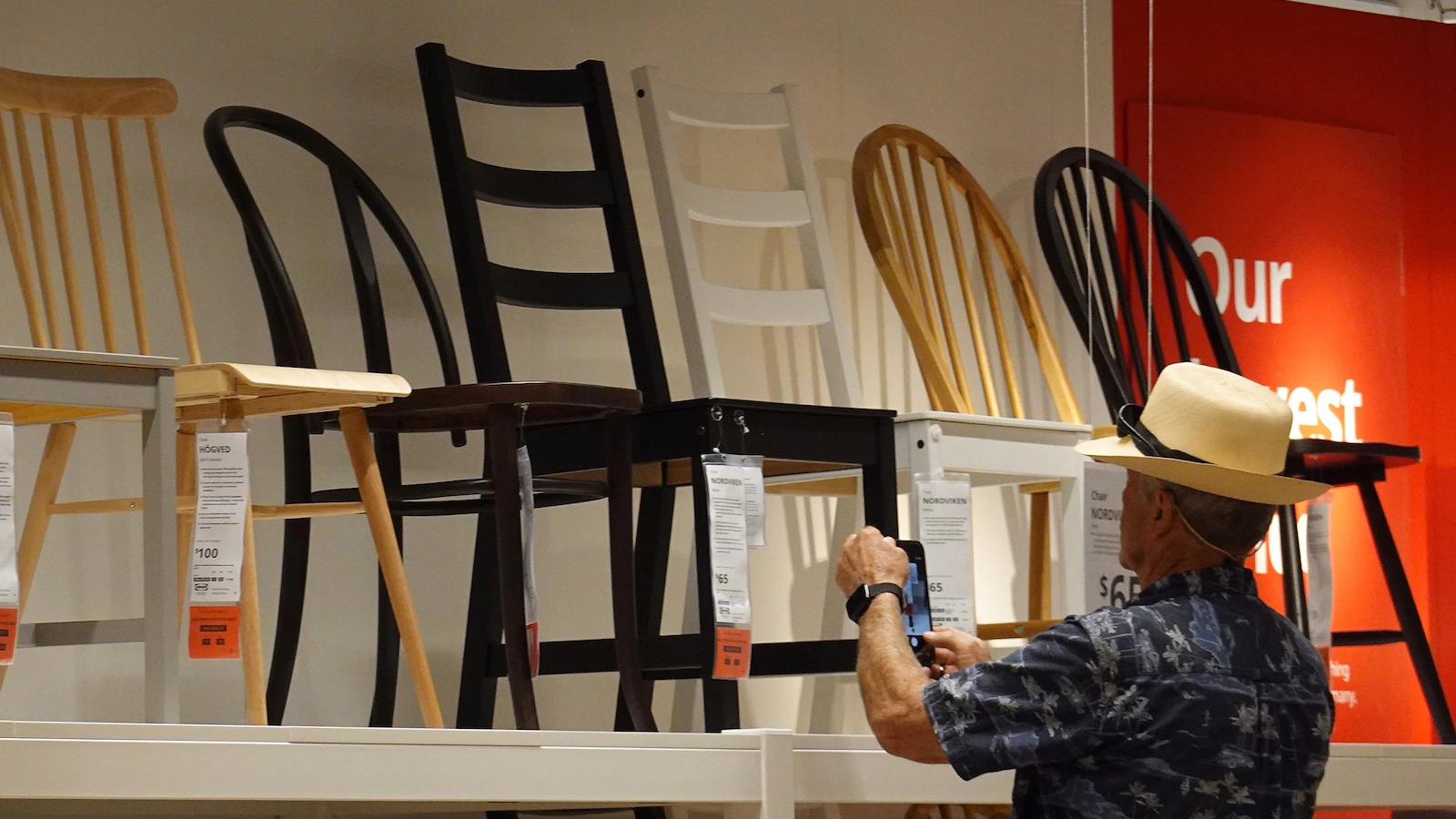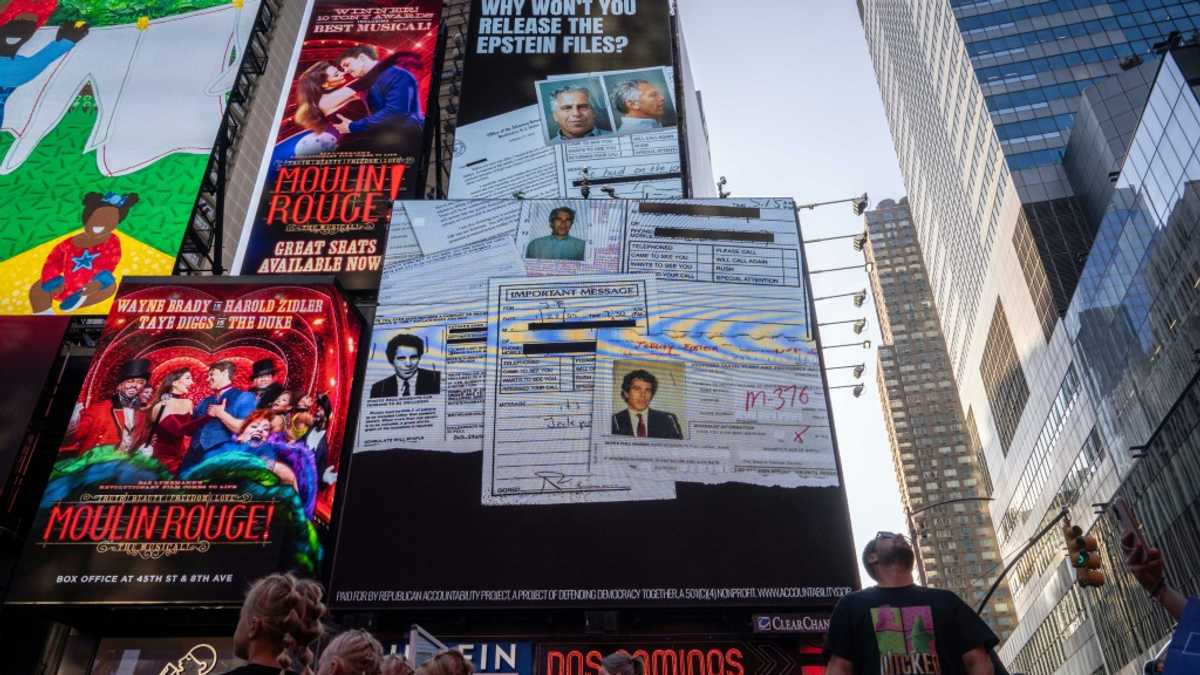
President Donald Trump this week unveiled an array of new tariffs on consumer products such as upholstered furniture, kitchen cabinets and some pharmaceutical drugs.
The tariffs, set to go into effect on Oct. 1, range from 25% to 100%. They are set to hike the cost of imports as some levy-induced price hikes have already taken hold.
The fresh round of tariffs will likely raise prices paid by shoppers for some targeted goods and leave little immediate effect on others — all the while elevating uncertainty faced by businesses as they weather sudden changes in Trump’s policy, experts told ABC News.
Some U.S.-based companies in these industries will likely benefit from the policy, they added, since foreign competitors will face higher costs to reach the U.S. market.
“This is a reminder that these tariff headlines can come out at any point in time and affect any segment of the market,” Dominic Pappalardo, chief multi-asset strategist at Morningstar Wealth, told ABC News. “That’s the uncertainty that markets and consumers are facing.”
In a series of social media posts late Thursday, Trump said he would impose tariffs on kitchen cabinets, furniture and heavy trucks for “National Security and other reasons.” Trump did not provide a reason for the pharmaceutical tariffs but they appeared intended to incentivize domestic production, since Trump offered an exemption for firms in the process of building U.S.-based factories.
Here’s what to know about the anticipated consumer impact of the new tariffs, according to experts:
Furniture and kitchen cabinets
In a social media post late Thursday, Trump proposed a 50% tariff on home goods such as kitchen cabinets and bathroom vanities, as well as a 30% tariff on upholstered furniture.
The policy is expected to hike prices for furniture, which have already climbed as a result of previous country-specific tariffs, Jason Miller, a professor of supply chain management at Michigan State University, told ABC News.
The inflation gauge preferred by the Federal Reserve — known as the personal consumption expenditure index — on Friday showed a 4.7% jump in furniture prices over the year ending in August, which marked a sharp acceleration from a 5.1% year–over-year drop in furniture prices at the same time last year.
“You’re certainly going to see more impact on furniture prices,” Miller said. “It’s going to be hard on the margins for the furniture wholesalers and retailers.”
The levies on kitchen cabinets and home goods, meanwhile, could hike costs for homebuilders, offsetting some of the benefits afforded by a recent interest rate cut imposed by the Fed, some experts said.
“Homebuilder companies have been struggling to move inventory because of high interest rates. Now they have another challenge to deal with because of some of the input costs with new housing increasing as well,” Pappalardo said.
Still, the potential price increases facing furniture buyers or prospective homeowners may be tempered by sluggish demand, as the housing market tries to shake free of a years-long malaise.
“Demand right now is relatively weak,” Miller said. That serves as a speed bump to prevent prices from rising very much.”
Some domestic home-goods producers will likely benefit from the policy as foreign competitors face stiff import costs. In a statement, the American Kitchen Cabinet Alliance, or AKCA, a trade organization, applauded the new tariffs.
“President Trump’s 50% tariff on all kitchen cabinet imports will allow us to hire thousands of new workers and ramp up domestic cabinet production across our nation,” said AKCA leader Perry Miller, the president of Indiana-based Kountry Wood Products.
Pharmaceutical drugs
Trump rolled out steep 100% tariffs on any “branded or patented Pharmaceutical Product,” with the exception of drugs produced by firms “BUILDING their Pharmaceutical Manufacturing Plant in America,” according to a social media post.
Despite its eye-popping tariff level, the policy will likely have limited effects on drug prices, in part because of the exemption for firms with U.S.-based plants, some experts said.
Plus, a trade agreement between the U.S. and European Union capped pharmaceutical tariffs at 15%, while appearing to disallow additional tariffs on such products. Since many top drugmakers host plants in Europe, the new tariffs likely will not apply to them, the experts said.
Generic medicine, which appears to be excluded from the policy, made up roughly 90% of all prescriptions filled in the U.S. last year, according to the Association of Accessible Medicines, a trade group.
“I’m less concerned about the pharma tariff,” Omar Sharif, founder and president of research firm Inflation Insights, told ABC News.
An incremental price increase could be in store for some pharmaceutical drugs, however, Pappalardo said. He expects health insurers to negotiate with pharmaceutical companies over the impact, leading insurers to ultimately pass along a share of any potential price increase to policyholders in the form of higher payments.
“If the price goes up, somebody will have to pay the difference,” Pappalardo added.



